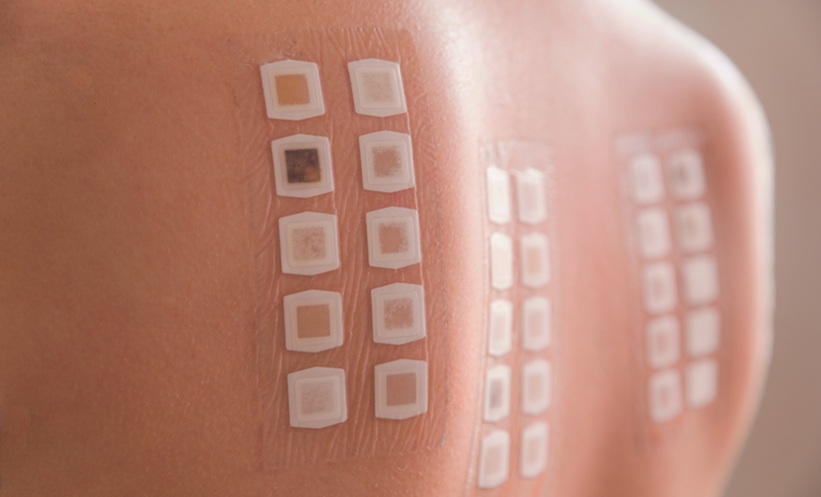CONTACT ALLERGY and allergic contact dermatitis are common in both adults and children with dermatitis. While the European Baseline Series (EBS) has been used for decades to standardise patch testing in adults across Europe, no equivalent paediatric baseline currently exists. Children are instead tested with selected allergens based on history, clinical presentation, or local paediatric series, making comparison between centres difficult.
This multi-centre study, covering 12 European countries, set out to collect and compare data on patch testing in children aged 0 to 16 years. The aim was to propose a paediatric European Baseline Series (pEBS) to guide more consistent and comprehensive evaluation.
Findings revealed that 17 allergens, already part of the adult EBS, produced positive reactions in at least 1% of children. These allergens reflect common exposures, including metals (nickel, cobalt, chromium), fragrances, preservatives (MCI/MI, MI, formaldehyde), cosmetic and medicament ingredients (lanolin, neomycin), hair dye components (PPD), plant-derived substances (colophonium), and textile haptens. Several newer allergens not included in earlier analyses, such as decyl glucoside, propolis and BIT, also tested positive in more than 1% of children.
Neomycin was identified as an important sensitiser in some European regions, with 3.1% of children reacting, though its relevance varies internationally. Similarly, antiseptics like chlorhexidine and benzalkonium chloride are sometimes included, but evidence supporting their routine use is limited. Importantly, tixocortol-21-pivalate, an indicator for corticosteroid allergy, was recommended as the 18th allergen in the proposed pEBS, despite its lower prevalence, because of its clinical significance.
In addition to these 18 allergens, seven further substances were recommended as possible additions, including linalool and limonene hydroperoxides (both exceeding 10% positivity), sorbitan sesquioleate (2.8%), and thiuram mix. Other occupational sensitizers, such as epoxy resin, though less common, were also flagged due to potential exposures in adolescents.
Overall, the study provides a strong evidence base for developing a unified pEBS. Establishing such a baseline would allow more consistent diagnosis, facilitate international comparisons, and better capture relevant allergens in children, with future refinements expected as further data emerge.
Reference
Simonsen AB et al. Contact allergy in children in Europe: a proposal for a paediatric European baseline series. Contact Dermatitis. 2025;DOI:10.1111/cod.70033.






